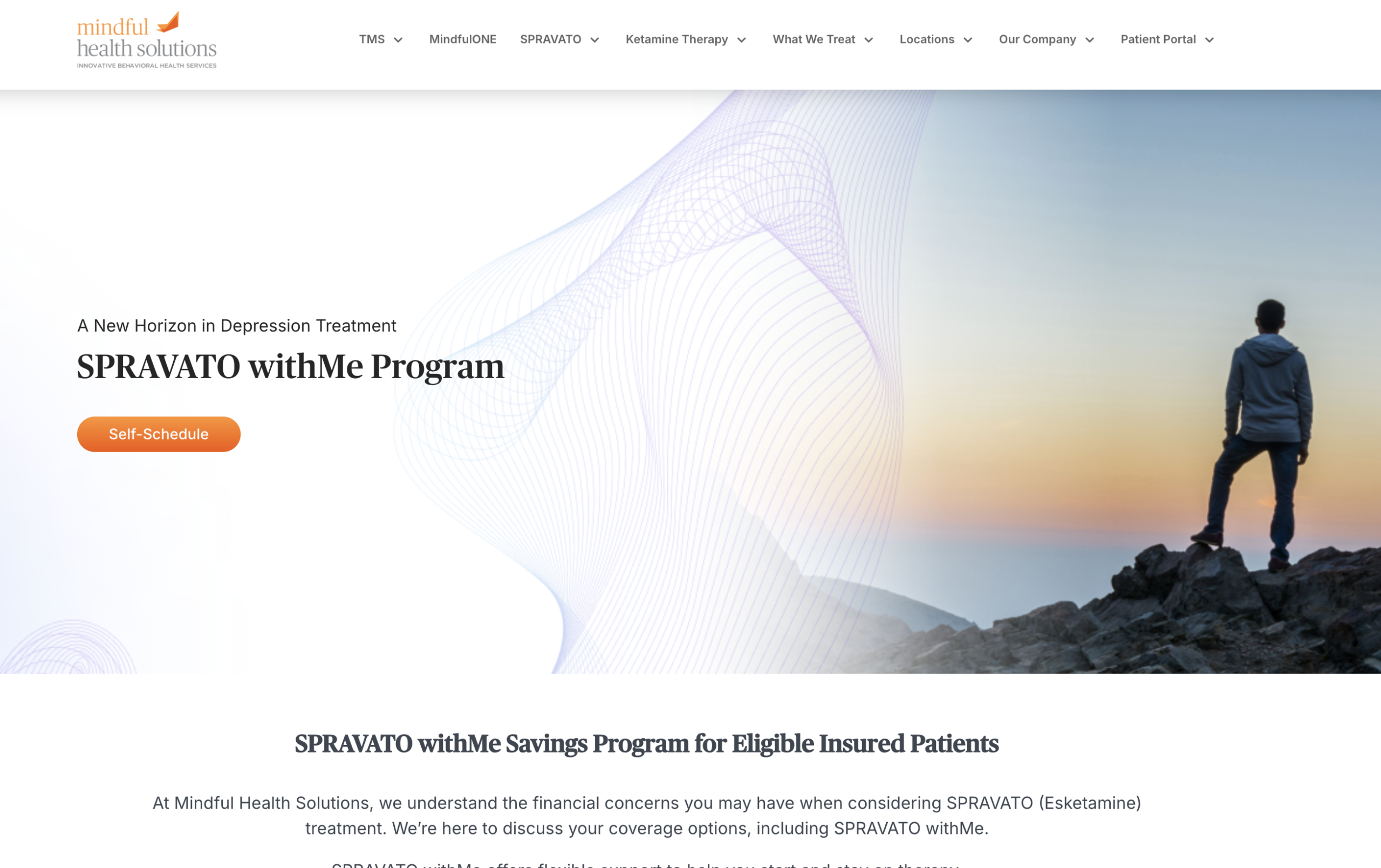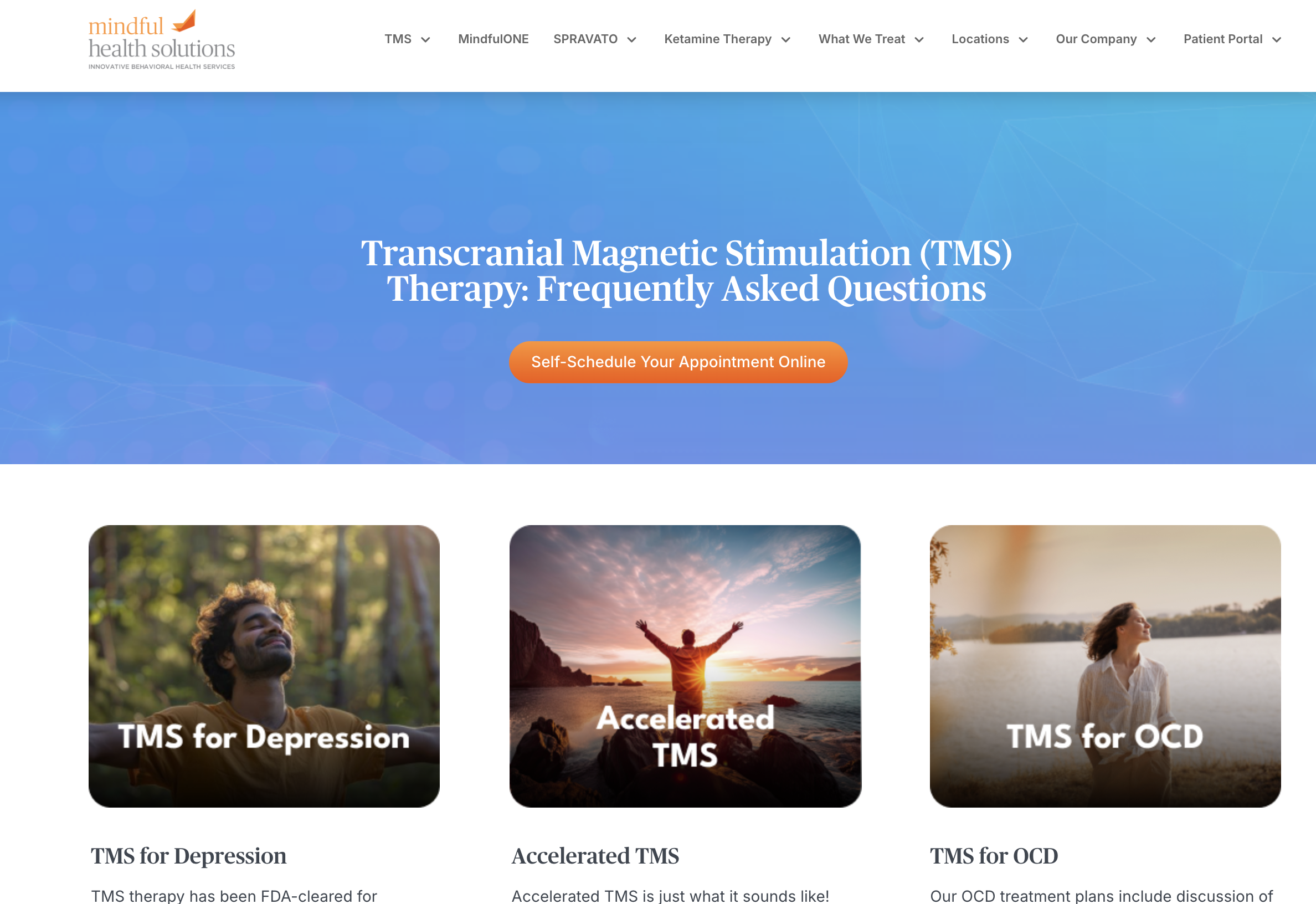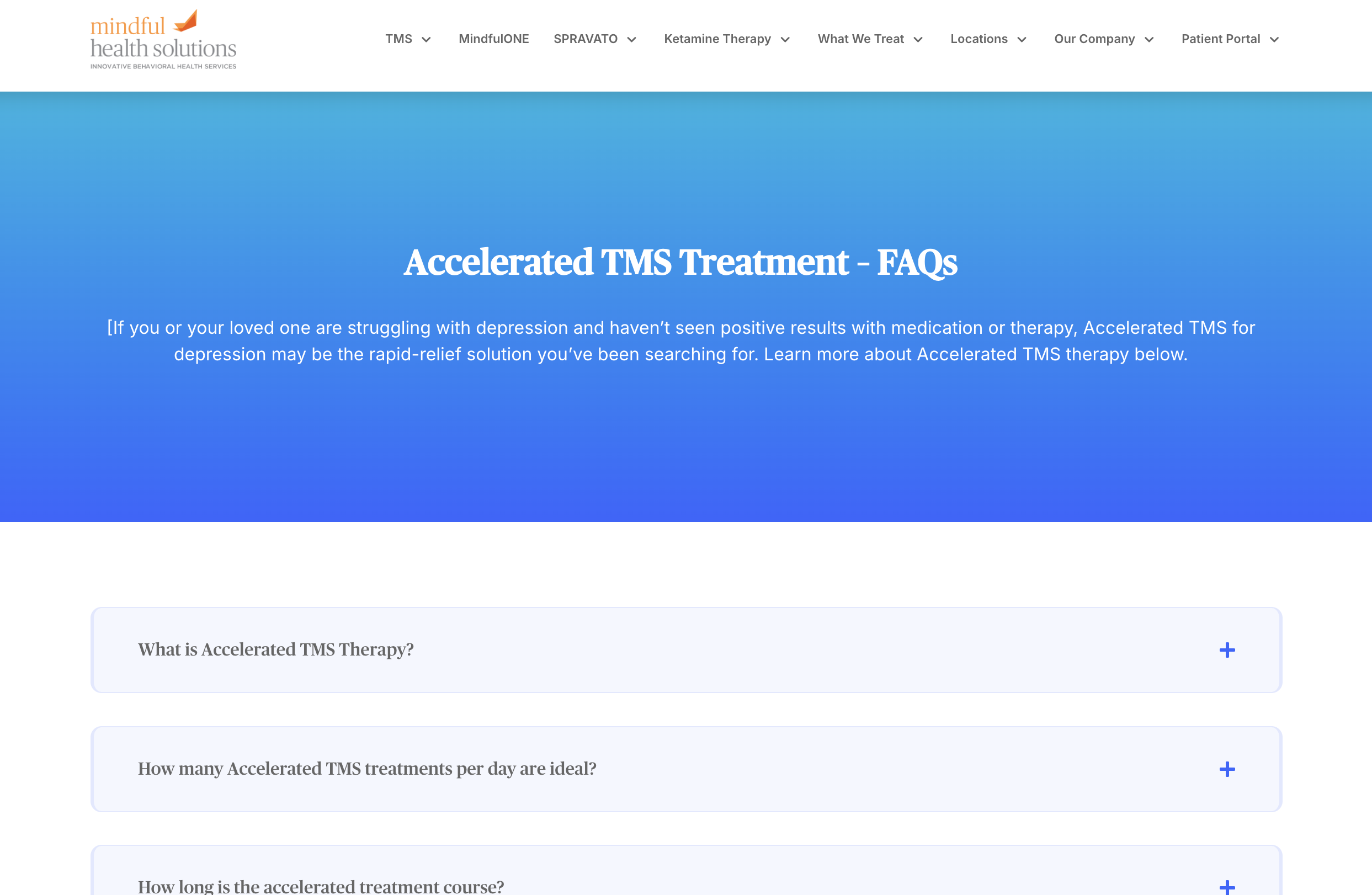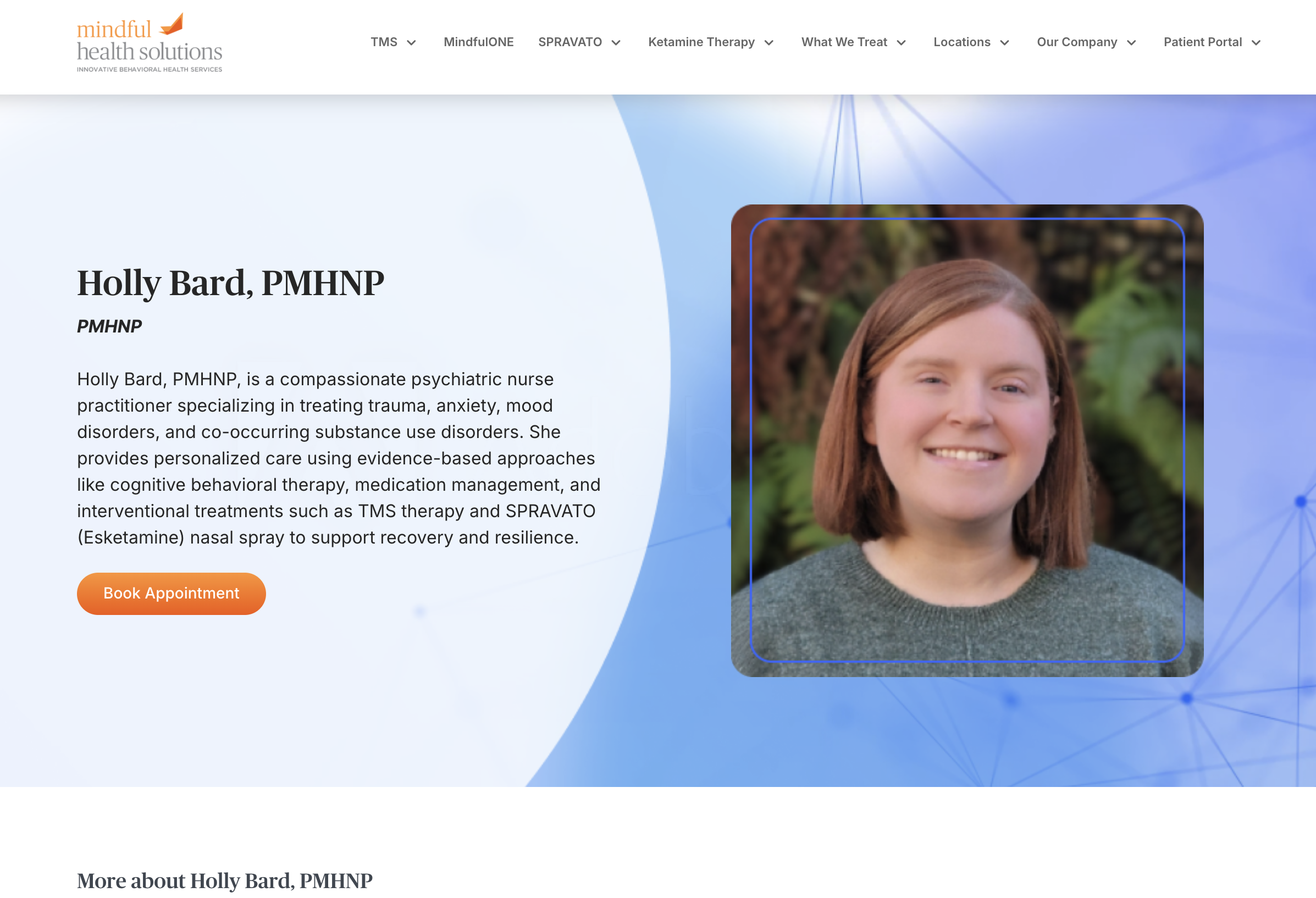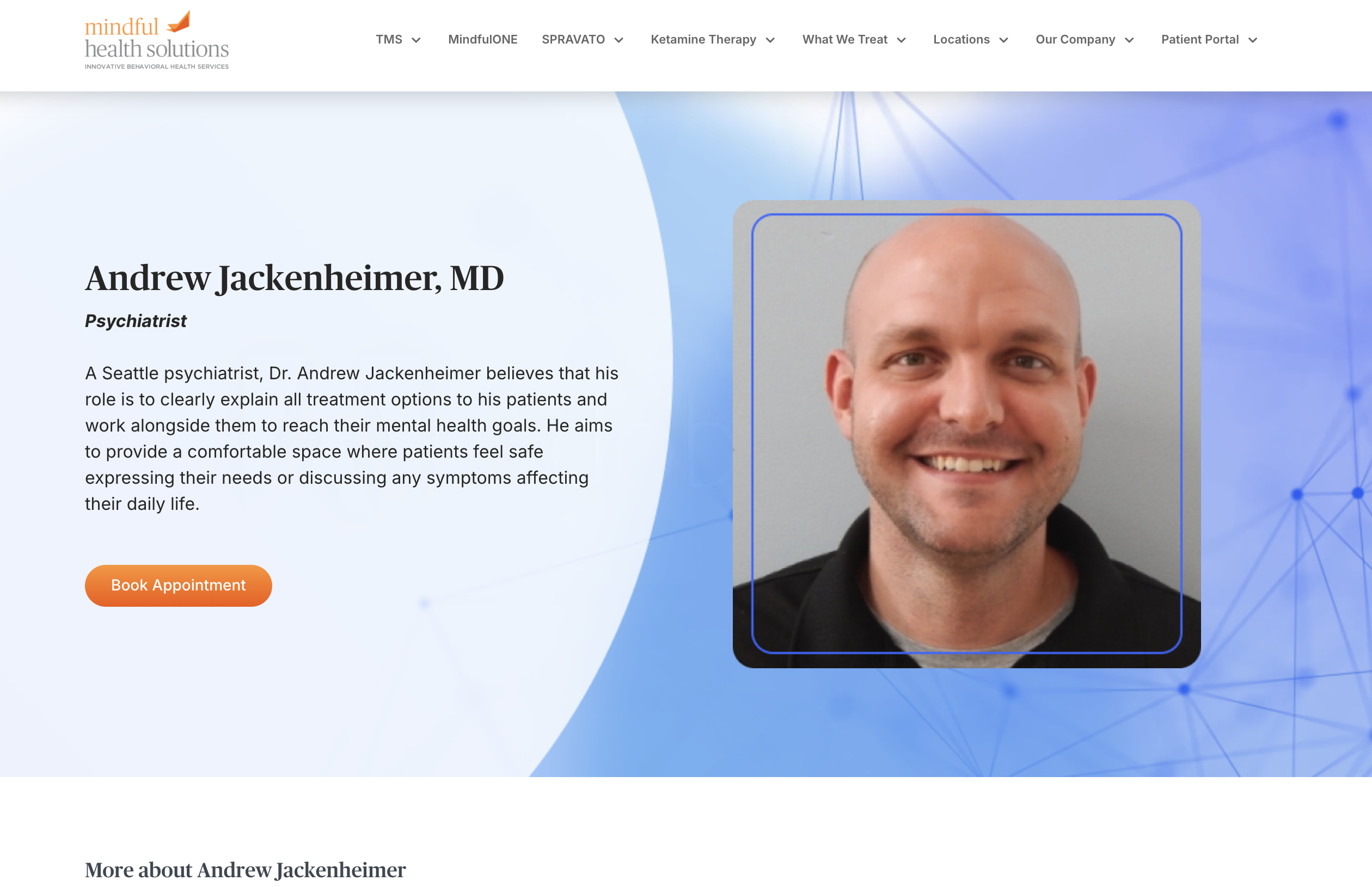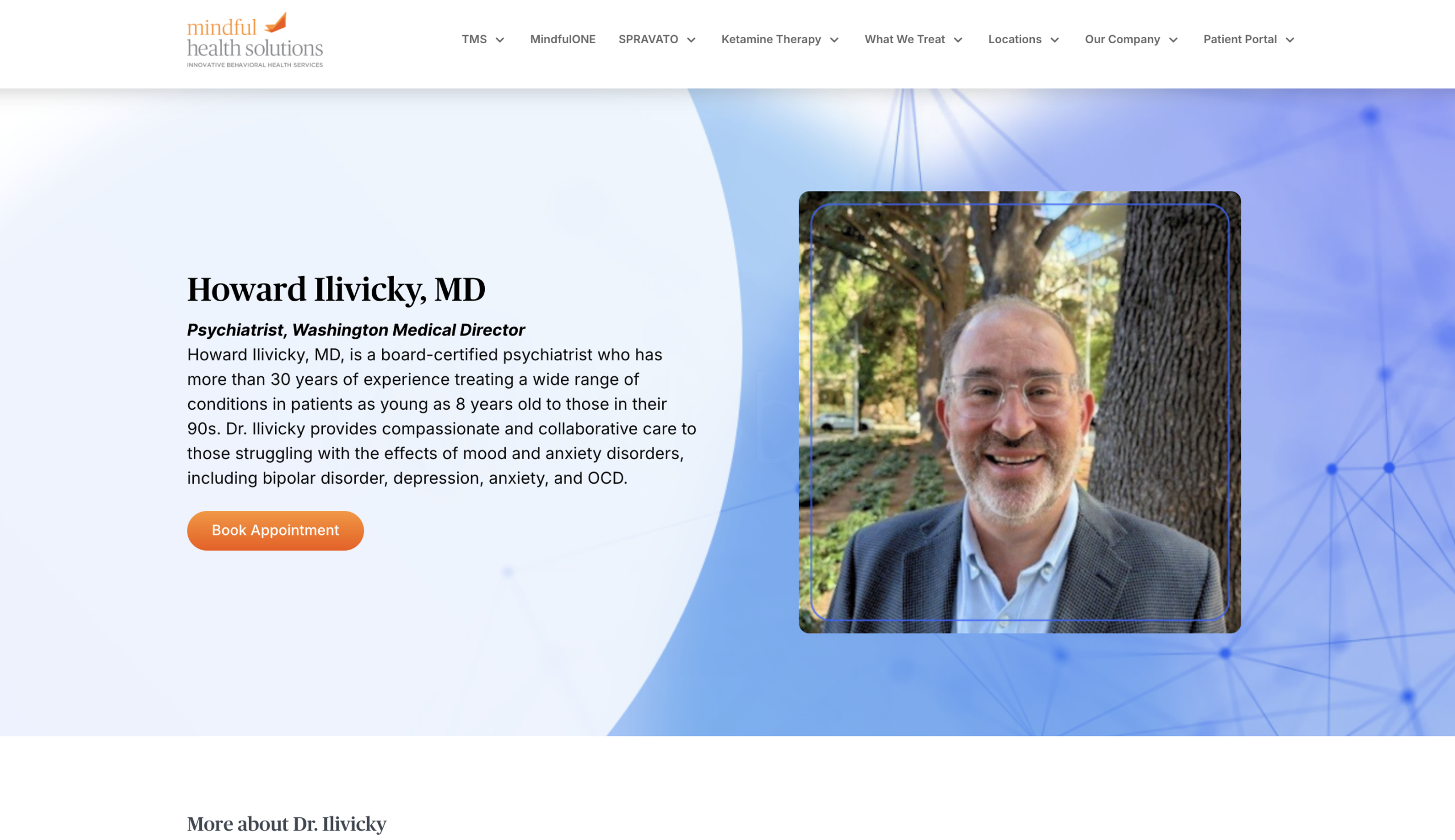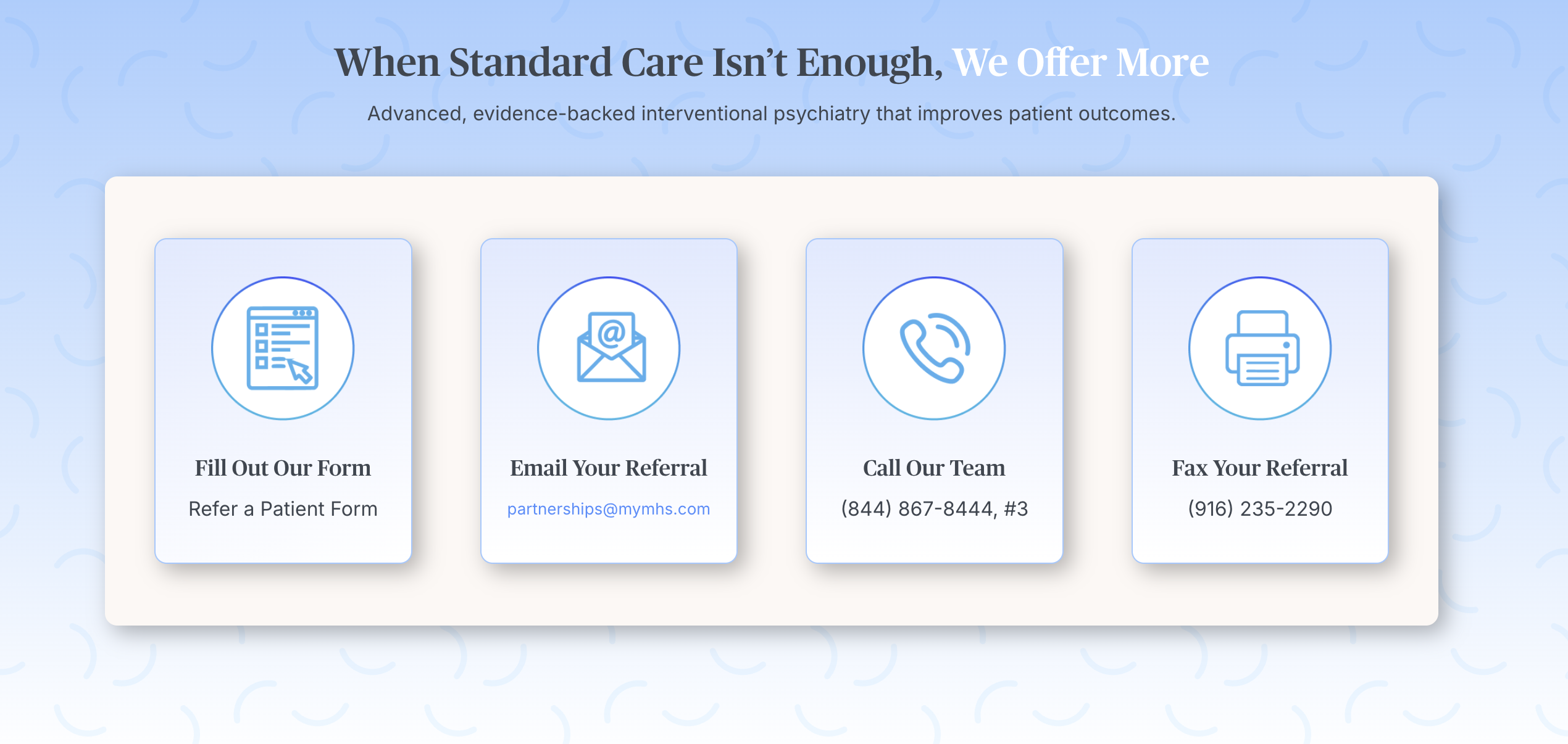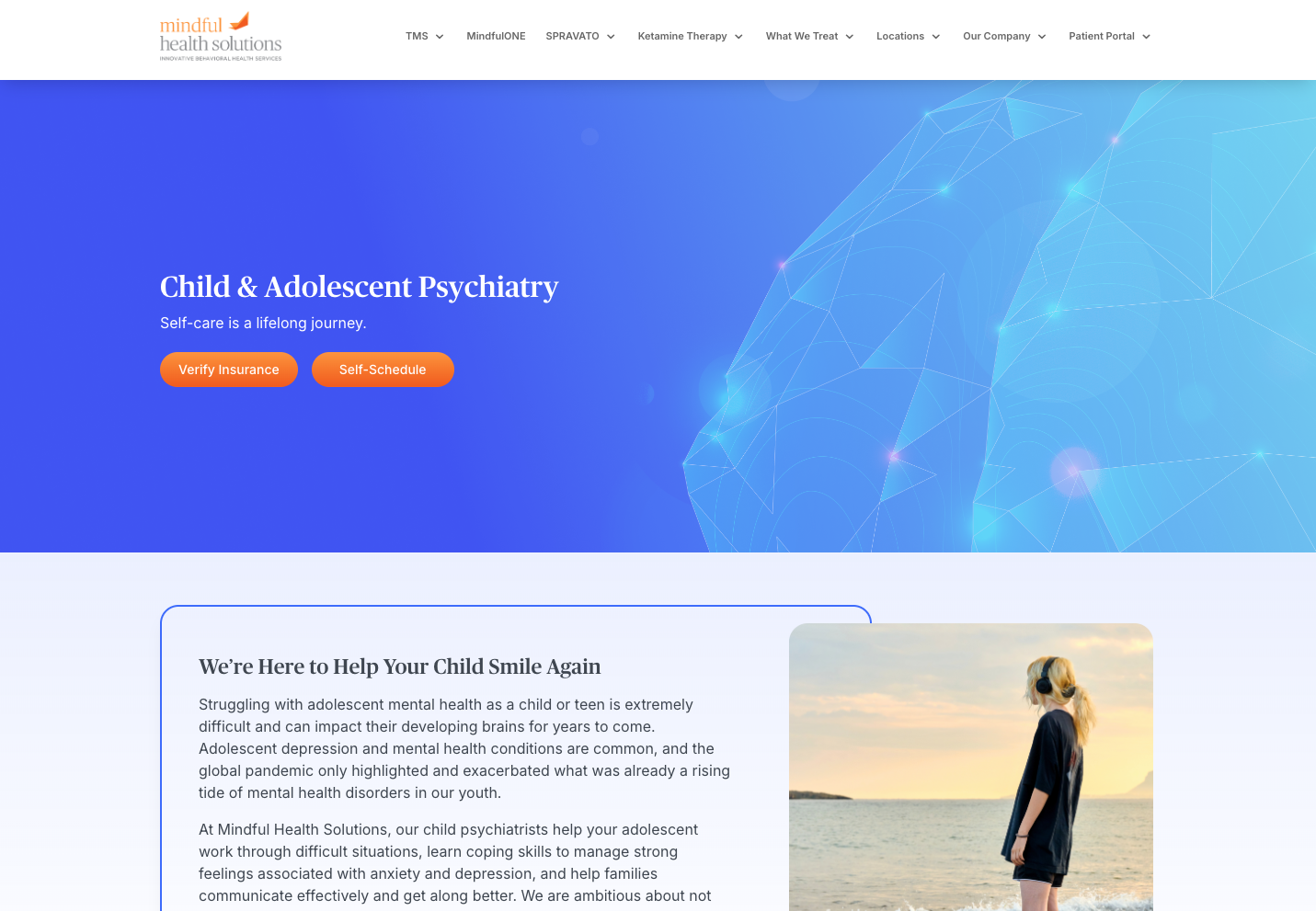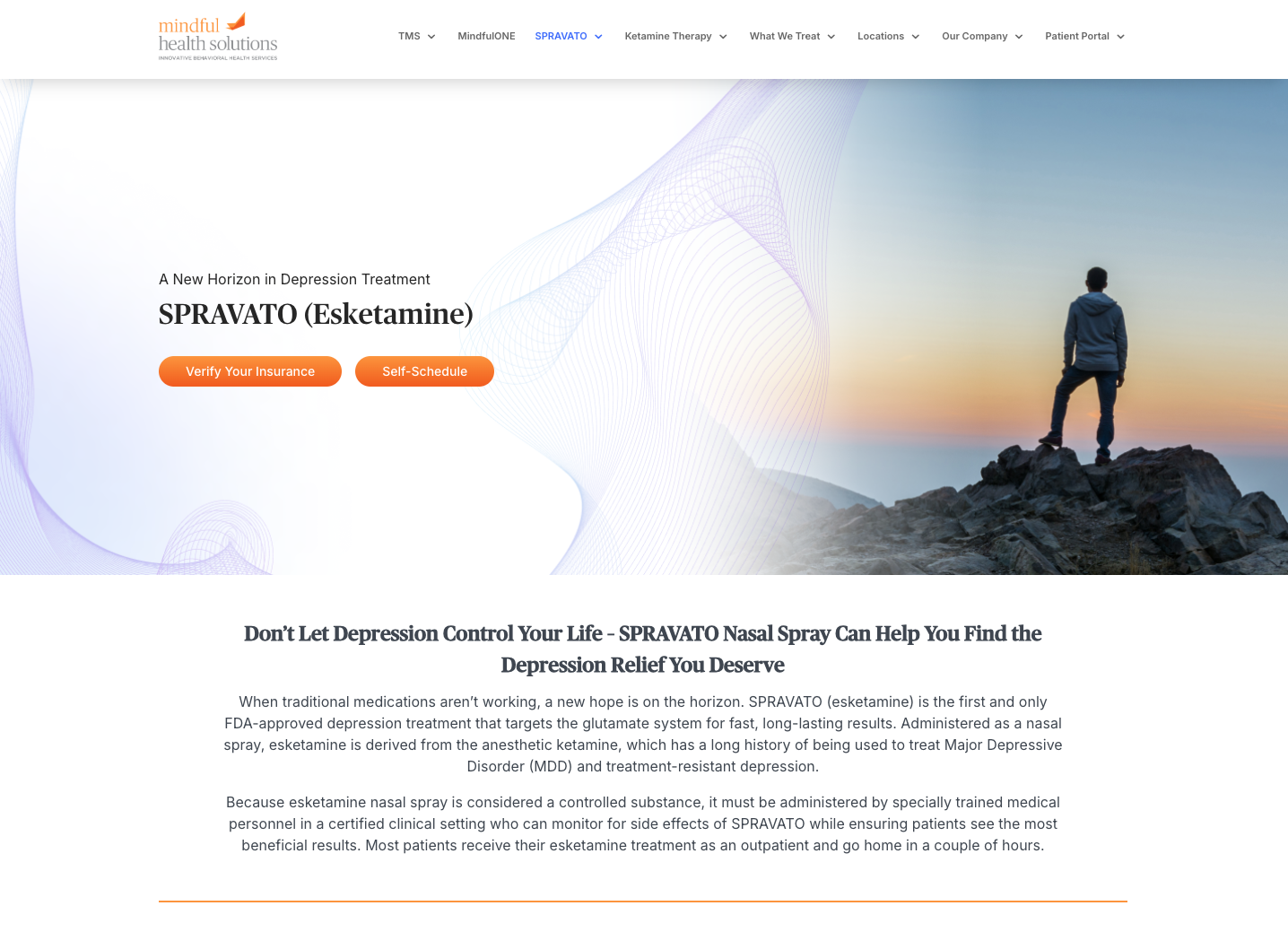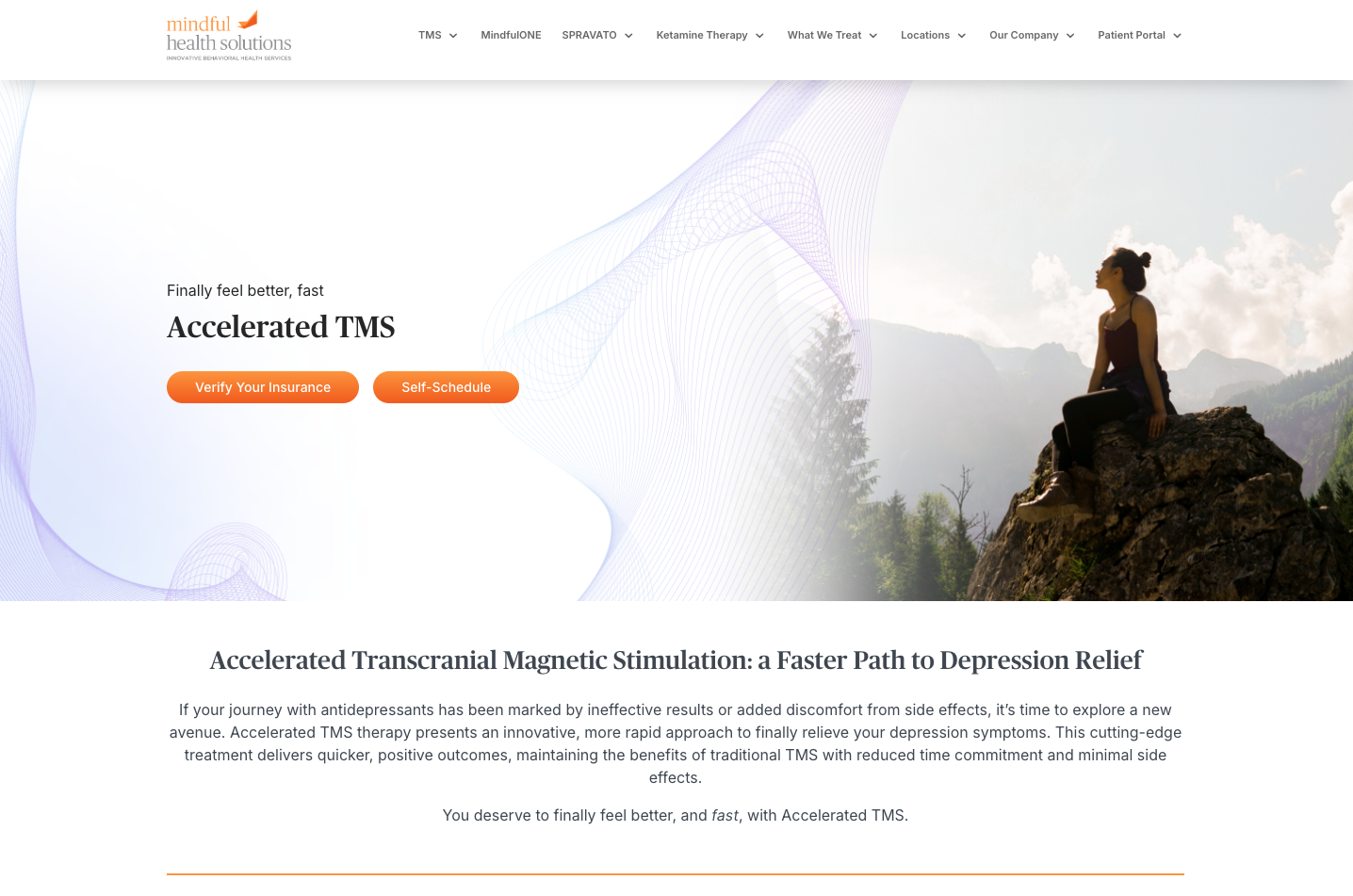As the seasons change, our bodies help us adapt to our environment by making systemic changes such as gaining a bit of weight to help keep warm during cold months or modifying hormone production to adjust to fewer daylight hours. These small changes are normal and healthy; however, if you find yourself feeling down, depressed, or hopeless as the leaves turn brown and the days grow shorter, there may be a better explanation than the winter blues or a yearly “funk.” Particularly, if you experience the same dip in mood and functioning each year, and if these symptoms are noticeable enough to worry you or affect your functioning at work, school, or home, then you may have seasonal depression, or seasonal affective disorder (SAD).
SAD is not a diagnosis in and of itself; instead, it describes people who consistently and exclusively experience symptoms of mood disorders during a specific time of year. Seasonal depression during the winter is the most common expression of SAD, but some people experience symptoms of bipolar disorder – namely, mania or hypomania – instead, especially during the summer.
Because SAD often describes a specific subtype of major depressive disorder, both diagnoses share several core symptoms. Many people are familiar with common symptoms of clinical depression:
- Frequently feeling sad, worthless, empty, or hopeless.
- Decreased interest in hobbies and activities that you used to enjoy.
- Significant changes in weight or appetite.
- Sleeping too much or, conversely, trouble falling or staying asleep.
- Persistent fatigue.
Less frequently, SAD also refers to seasonal symptoms of bipolar disorder, which involves both depressive episodes and manic and hypomanic episodes. Mania and hypomania refer to distinct periods of noticeably elevated or irritable mood; a decreased need for sleep; a spike in risky or impulsive behavior; feeling more talkative and speaking more quickly than usual; jumping from idea to idea or feeling like your mind is racing; and uncharacteristic difficulty fulfilling obligations at work, school, or home.
Seasonal affective disorder specifically refers to instances where someone experiences depressive, manic, or hypomanic episodes in the following context:
- Their symptoms regularly emerge during the same time of year – most often in fall or winter but sometimes in the spring and summer.
- They experience a full decline (remission) of symptoms at the same point from year to year, such as the beginning of spring.
- This seasonal pattern can’t solely be explained by situational pressures (e.g., regularly being unemployed during the winter, financial stress surrounding gift-giving holidays, or an increase in unstructured time during summer break from school).
Mood disorders like depression (including SAD) are common, and the severity of their symptoms can range from mild to debilitating. Fortunately for the roughly one in five adults in the United States who experience a mood disorder in their lifetime, a broad range of treatment methods exists to manage their symptoms. The most common options include psychotherapy and medication, both of which can be supplemented with specialized treatments like light therapy for specific subtypes like SAD. Finding your best fit for treatment typically involves a period of trial and error, and you may be part of the more than 40 percent of people with depression who still struggle with symptoms even with medication and/or therapy – a phenomenon called treatment-resistant depression (TRD).
Mindful Health Solutions offers an array of treatment and support services for conditions like SAD and TRD. In addition to working with your existing healthcare providers to coordinate the best care possible, Mindful Health Solutions provides telepsychiatry and medication management services, advocates for you in dialogues with your insurance provider, and offers cutting-edge treatments such as transcranial magnetic stimulation (TMS).
Transcranial magnetic stimulation, or TMS, is a non-invasive, FDA-cleared treatment for clinical depression, obsessive compulsive disorder, memory disorders, pain management, and more. It involves stimulating specific areas of the brain with electromagnetic pulses over short sessions of 30–60 minutes. The procedure is painless, carries none of the side effects often associated with medications or other treatments like electroconvulsive therapy, and can be used as a standalone treatment or as a supplement to other methods of symptom management. The fast relief provided by TMS therapy can make it an ideal treatment for SAD compared to medications, which can take weeks or months to show results. Because this treatment is supported by evidence, TMS is accessible and covered by most major health insurance providers.
If you are interested in learning more about treatment options for SAD and how TMS therapy can benefit you, visit the Mindful Health Solutions website. You can also schedule a consultation with a psychiatrist in Los Angeles or at another clinic location to discuss your specific needs or questions.

